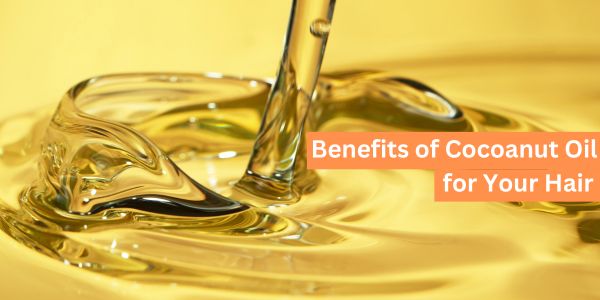Introduction
Plaque is that clingy houseguest that refuses to leave your teeth alone. It’s a sticky, invisible film of bacteria that sets up camp on your pearly whites like it’s paying rent. Think of your mouth as a lovely, quiet neighborhood, and plaque as that noisy neighbor throwing constant house parties.

Now, left unchecked, this little menace doesn’t just hang out. It levels up into something much more stubborn and tougher, tartar. If plaque is the squatter, tartar is the fortified castle it builds when it’s decided it’s not going anywhere. And storming that castle? Yeah, that’s usually a job for a professional with sharp tools and bright lights.
But here’s the good news, and it’s juicy: you’ve got some powerful, natural weapons right at home. Think of this article as your personal oral hygiene survival guide, your toolkit to make plaque and tartar shake in their boots. We’re diving deep into home remedies that can help keep your smile sparkling and your dentist giving you gold stars instead of lectures.
1. Orange Peels

Here’s a little citrus surprise: that orange peel you were about to toss? Hold up. It might just be your new secret weapon. Orange peels, especially the zest (the colorful outer part), pack natural compounds that can help break down plaque. Think of them as the zesty little ninjas of the fruit world, stealthy, effective, and surprisingly refreshing.
A 2013 study published in BMC Complementary and Alternative Medicine found that limonene has antimicrobial activity against Streptococcus mutans, the primary bacteria responsible for dental plaque.
Here’s what to do: Peel your orange, scrape off the white pith (it’s bitter and not helpful here), and gently rub the remaining zest on your teeth and gums. It’s like giving your mouth a mini spa treatment with a side of sunshine. The oils in the zest help neutralize bacteria, while the pleasant aroma leaves your breath citrus-fresh, like you’ve just stepped out of a tropical fruit commercial.
This is an add-on, not a replacement. Keep brushing, flossing, and seeing your dentist like the responsible adult you are. The orange peel is just a bonus weapon in your oral care arsenal.
2. Tomatoes
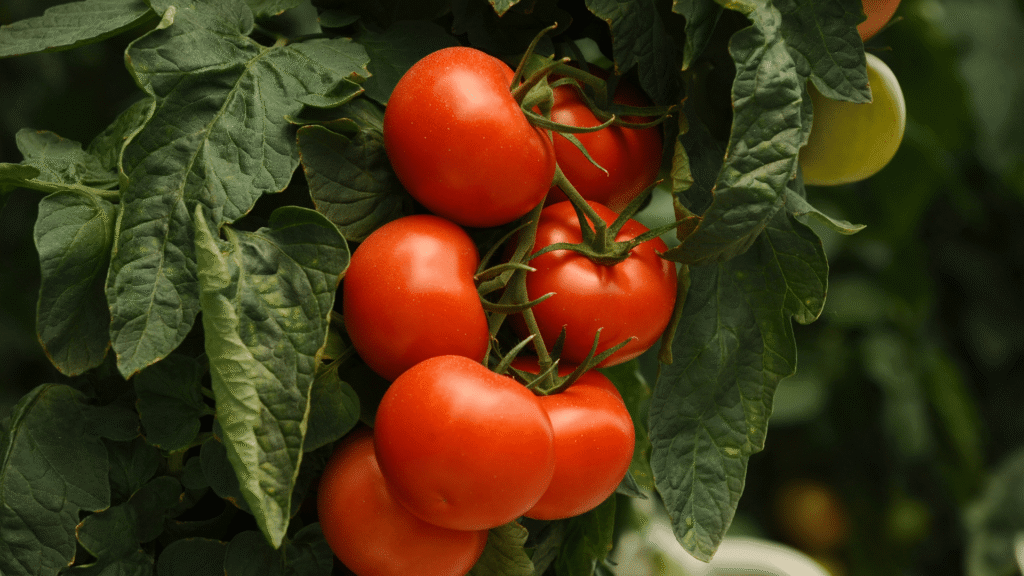
Tomatoes are more than just a pizza topping or a salad staple; they’re acid-rich little heroes in the fight against plaque and tartar. The natural acidity in tomatoes helps weaken plaque, softening it just enough for your toothbrush to finish the job. And their nutrient profile? Chef’s kiss.
Packed with vitamin C (your gums’ best friend), tomatoes boost collagen production, which keeps your gums snug and strong, just healthy pink tissues that stay put. Add in lycopene, a powerful antioxidant, and you’ve got inflammation-fighting magic in every bite.
A study in the Journal of Periodontology showed that low vitamin C levels are strongly associated with gingivitis and periodontal disease.
Want to sneak more tomatoes into your diet? Toss them in salads, blend them into sauces, or just bite into one like an apple if you’re feeling bold. Just go easy on the ketchup; the added sugar can invite bacteria back to the party.
3. Baking Soda + Salt
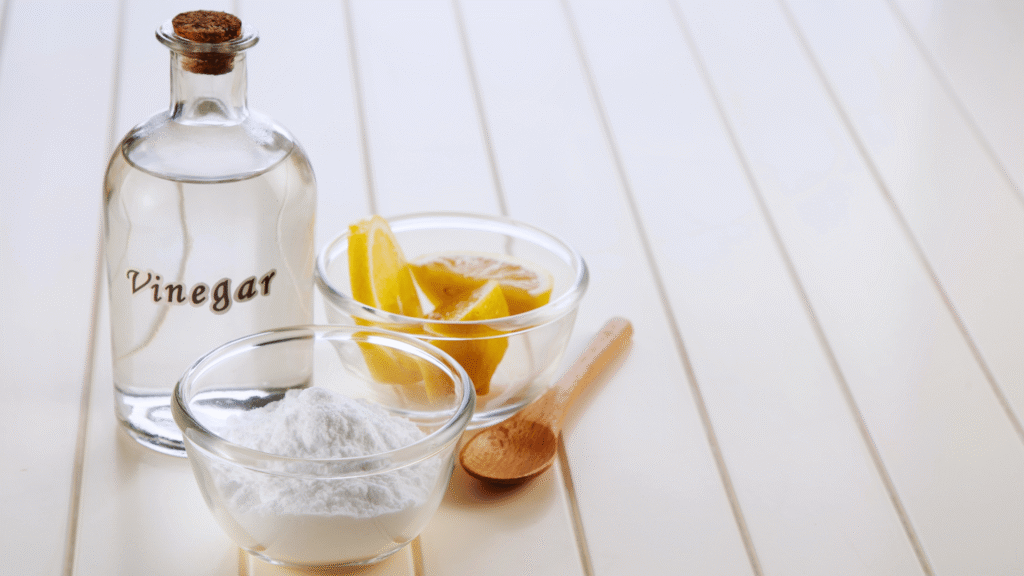
No capes, but still super. Baking soda and salt are like Batman and Robin of home dental care. Individually impressive, but together? Total power couple.
Also Read: 8 TOP Foods To Help Improve Your Eyes Naturally
When you combine them into a gritty paste, you create a natural scrubbing agent that helps break down stubborn plaque. Baking soda is alkaline, which helps neutralize acids in the mouth (and bad bacteria hate that), while salt brings its antibacterial A-game and helps soothe inflamed gums like a cozy blanket.
A 2017 review in The Journal of Clinical Dentistry concluded that toothpastes containing baking soda are more effective at removing plaque than non-baking soda formulations.
Use this paste sparingly; 4 to 5 times a month is plenty. More than that, and you risk scratching your enamel, which we absolutely do not want. Treat your teeth like fine china, not a kitchen counter.
4. Lemon Juice
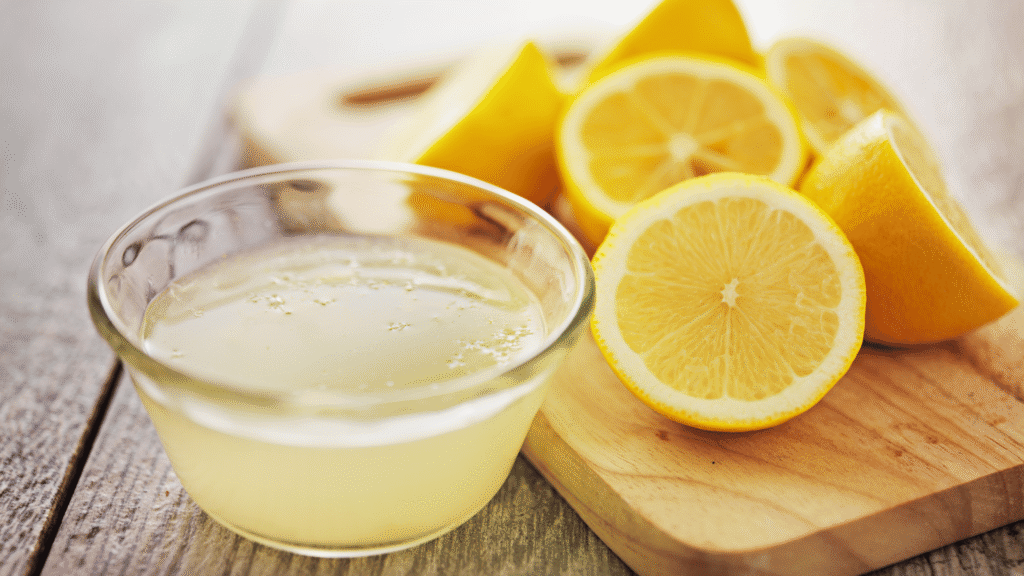
Lemon juice is like that friend who tells it to you straight, a little sharp, but oh-so-effective. Its citric acid content gives it antimicrobial powers that wage war against mouth bacteria. It boosts saliva production, and your saliva is nature’s mouthwash.
A 2020 study in Scientific Reports found that lemon extract had significant antibacterial effects in vitro against plaque-causing bacteria, especially when diluted.
But, and this is a big but, lemon juice is very acidic. Too much, and you’re looking at enamel erosion. The trick? Dilute it. Mix it with water to tone down the punch while keeping the antibacterial power.
Swish it gently for a minute or two, rinse with water afterward, and voilà, you’ve got a bright, fresh mouth without the enamel damage.
5. Coconut Oil

Let’s talk oil pulling. It sounds like a medieval punishment, but it’s actually an ancient technique that’s come back with a vengeance in a good way.
Coconut oil is loaded with lauric acid, a natural antibacterial agent. Swishing it around in your mouth for 10–15 minutes daily traps and removes bacteria like a magnet. You can multitask while doing it, shower, scroll TikTok, and practice your Oscar speech. Just don’t swallow it, this isn’t a smoothie.
A 2015 study in the Journal of Contemporary Dental Practice found that oil pulling with coconut oil significantly reduced plaque and gingivitis after 7 days of use.
A study in Nigerian Medical Journal backed this up, showing reduced S. mutans count with consistent coconut oil pulling.
And if your gums are red or irritated? Coconut oil soothes them like aloe vera after a sunburn. It’s gentle, natural, and unlike most mouthwashes, doesn’t leave your mouth feeling like it gargled fire.
6. Sesame Seeds
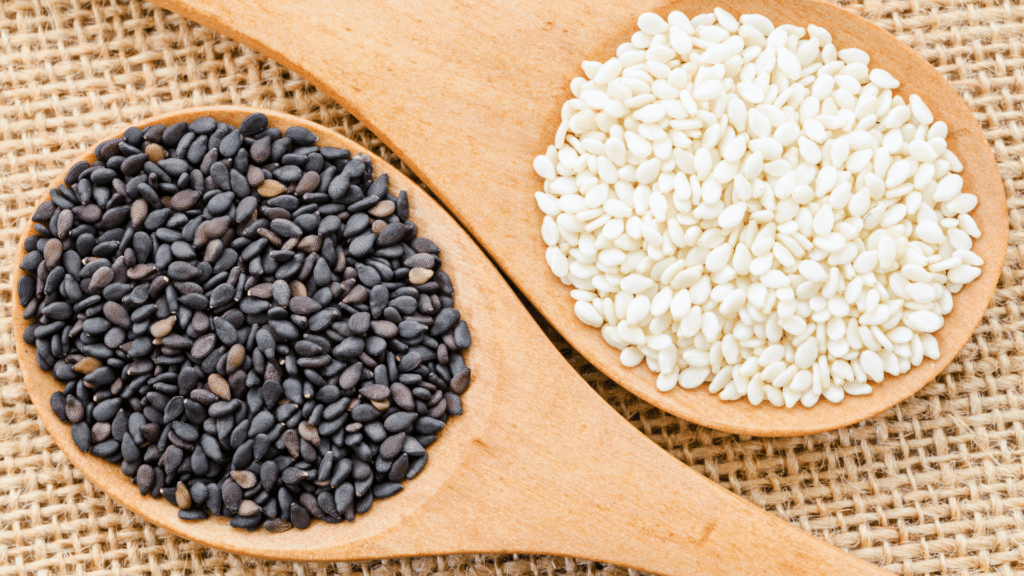
Ready for a life hack? Chewing raw sesame seeds isn’t just a snack; it’s a self-cleaning system for your mouth. The tiny seeds act like miniature scrub brushes, buffing away plaque and tartar as you chew.
A 2008 article in Ancient Science of Life noted that sesame oil (and seeds) have antimicrobial properties traditionally used in oral detoxification therapies.
Here’s how: Pop a handful into your mouth, chew for a few minutes (don’t swallow), and let the magic happen. Once they’ve gone creamy, yup, that’s a thing, spit them out, then brush your teeth with a dry toothbrush. It’s nature’s polish.
7. Clove and Olive Oil Paste
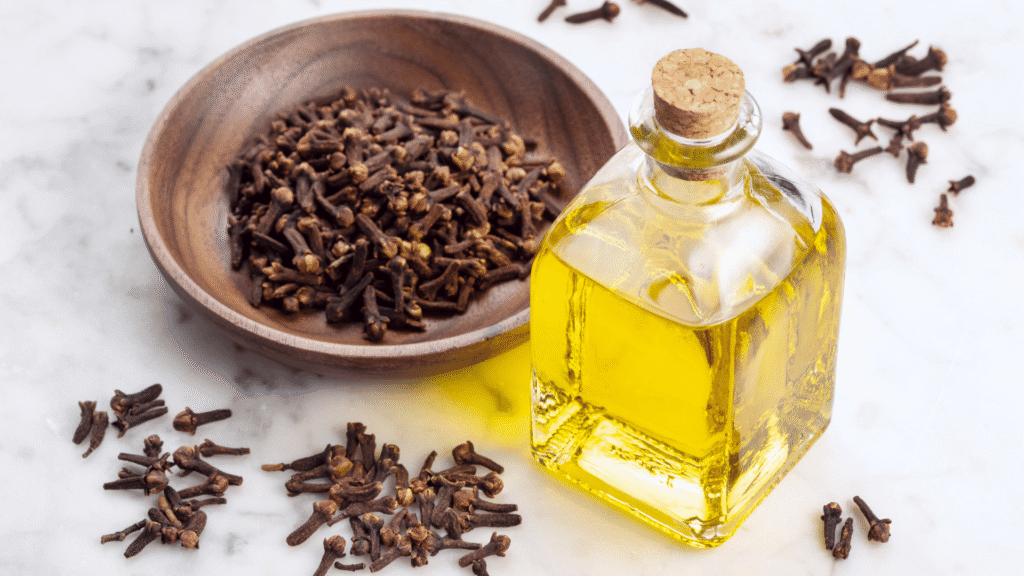
Clove isn’t just for grandma’s holiday ham, it’s a powerhouse spice with serious oral benefits. It fights bacteria, reduces inflammation, and freshens breath all in one go.
Also Read: 12 Common Warning Signs Of ADHD You Shouldn’t Ignore
Research published in the Journal of Dentistry showed that clove extract has significant anti-plaque and anti-gingivitis activity, comparable to commercial mouthwashes.
Mix crushed cloves with olive oil (which has its own antibacterial perks), and apply it to your gums and teeth. It’s like a little spa treatment that smells delicious and works overtime to loosen plaque and calm irritated gums.
8. Aloe Vera & Lemon Oil

This combo is like a wellness retreat for your mouth. Aloe vera calms inflammation and nurtures your gums, while lemon oil brings its bacteria-fighting zing.
A 2014 study published in Ethnobotanical Leaflets found aloe vera significantly reduced plaque buildup when used as a mouth rinse.
Mix the gel with a few drops of lemon oil, massage gently onto your gums and teeth, and let the duo do their thing. Over time, they not only fight existing plaque and tartar but help prevent the sequel.
9. Sanguinaria Extract

Sanguinaria, also known as bloodroot extract, might sound dramatic, but its benefits are anything but. Used by Native American tribes for generations, this natural compound disrupts the biofilm that bacteria build, think of it as kicking down their sandcastle before it becomes a fortress.
A study in The Journal of the American Dental Association noted that sanguinaria-containing toothpaste and rinses significantly reduced plaque and gingivitis over time, especially when used in combination with regular brushing.
You’ll find it in natural toothpaste and mouthwashes. Regular use helps prevent gum disease and keeps your mouth feeling cleaner than a five-star hotel bathroom.
Conclusion
Plaque and tartar don’t stand a chance if you stay consistent. Brush twice daily like it’s your morning coffee and nighttime Netflix ritual. Floss like you’re fishing out popcorn after a movie. Use mouthwash that works hard, not just one that smells nice. And yes, get those professional cleanings at least twice a year. Your dentist might not give you a medal, but they’ll definitely give you peace of mind.
Lastly, feed your smile with a balanced diet and ditch the sugar where you can. Your mouth and your body will thank you.


